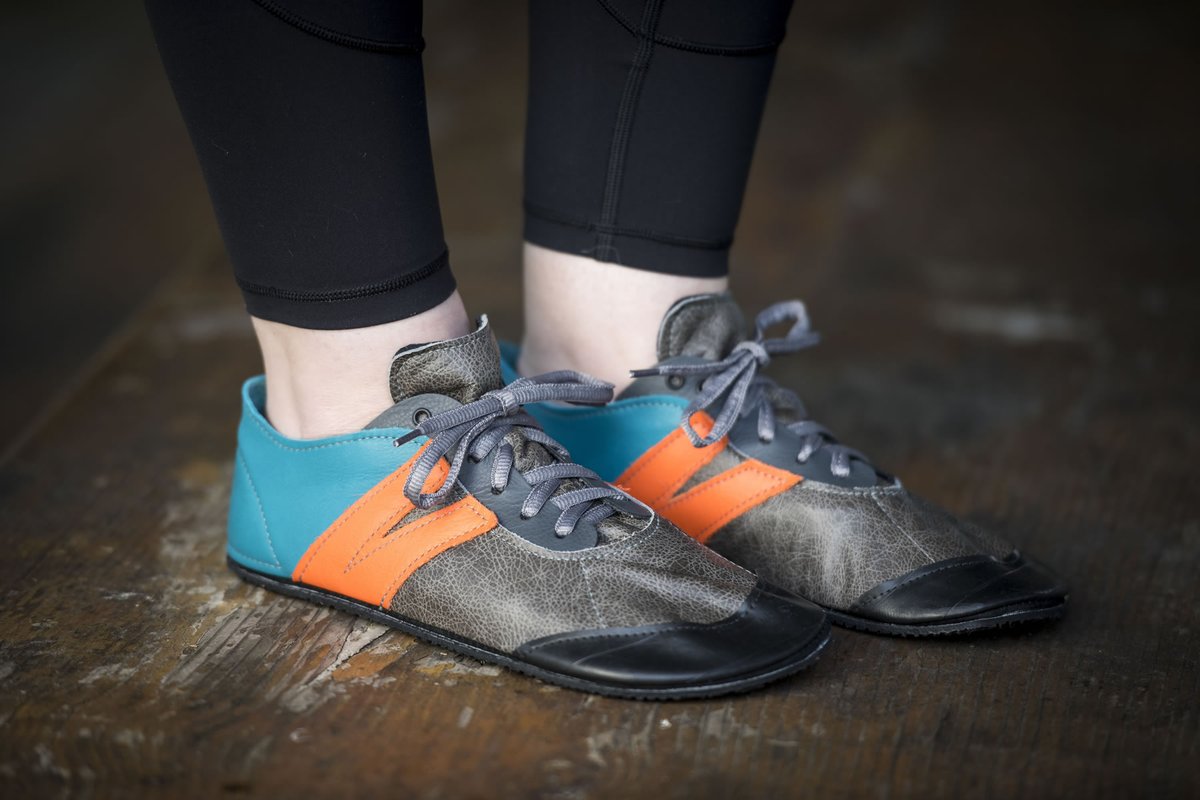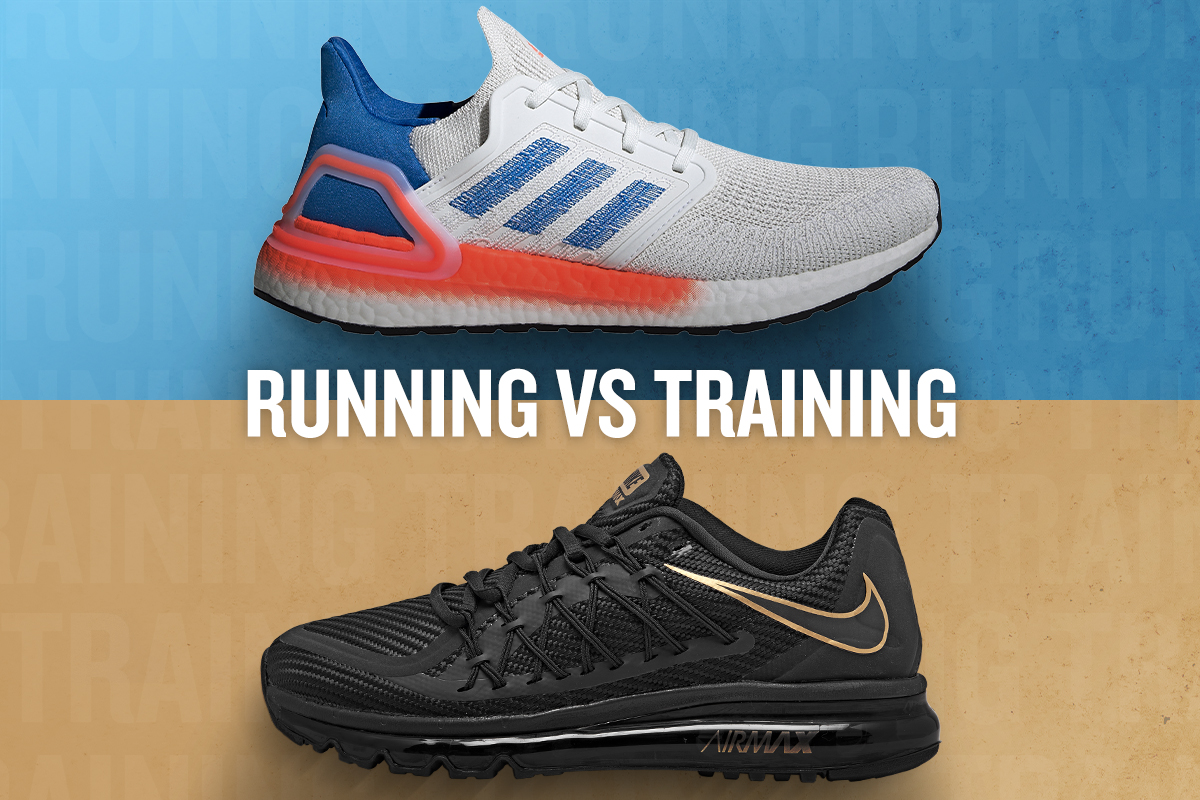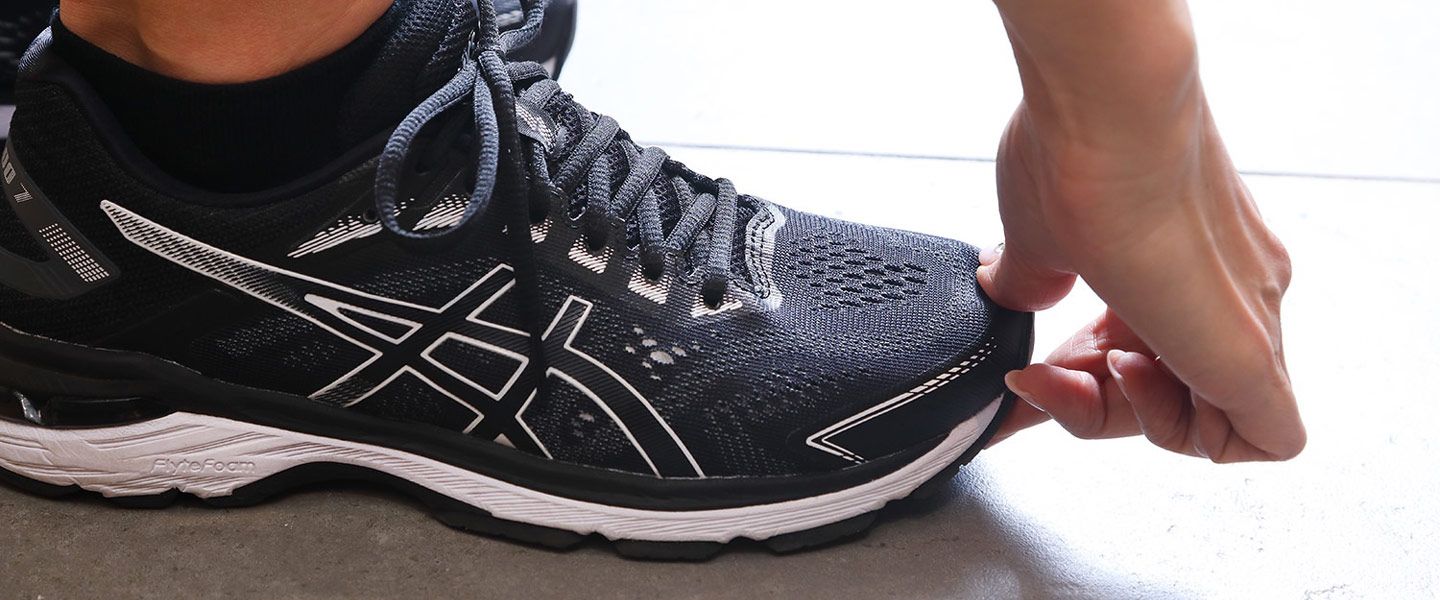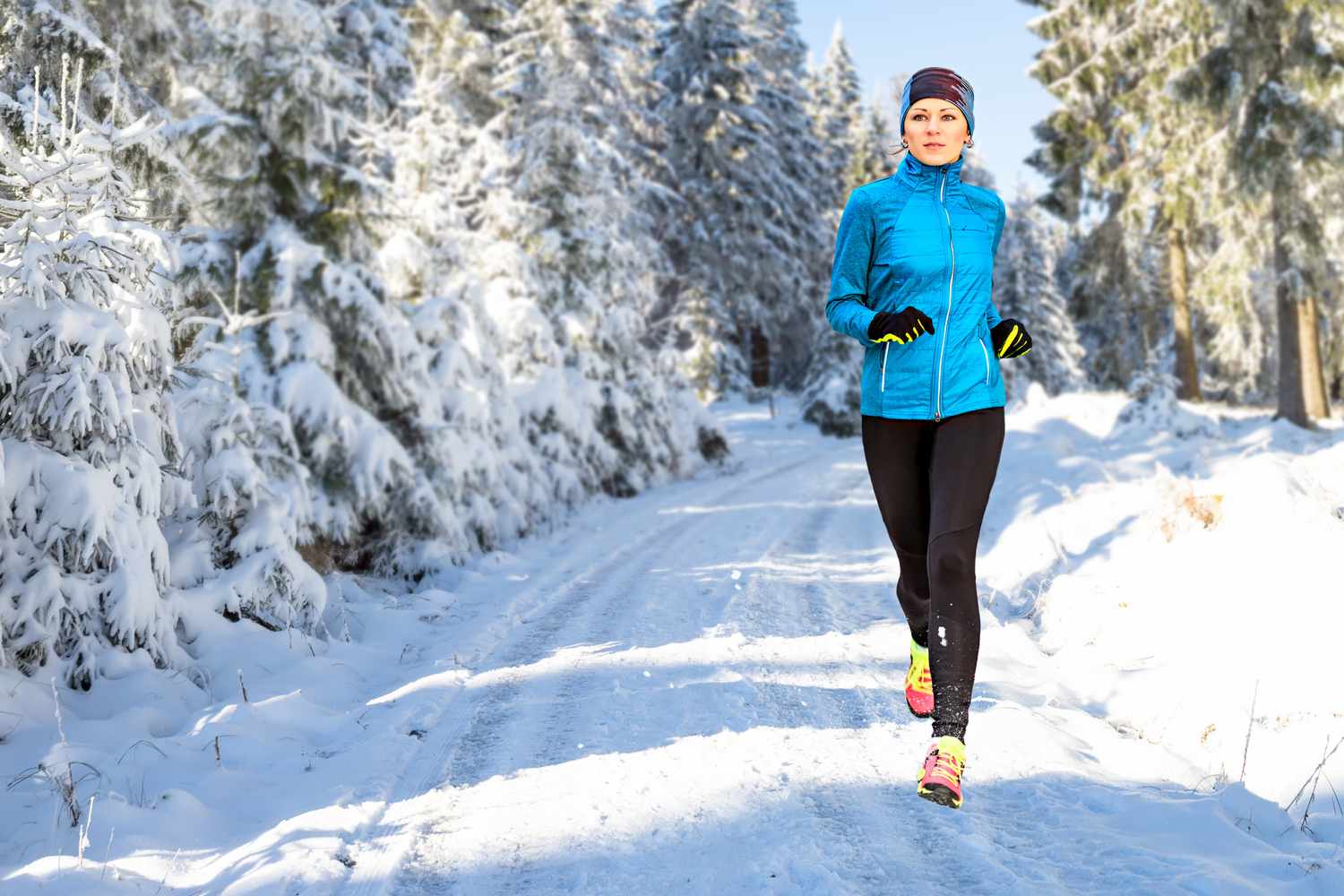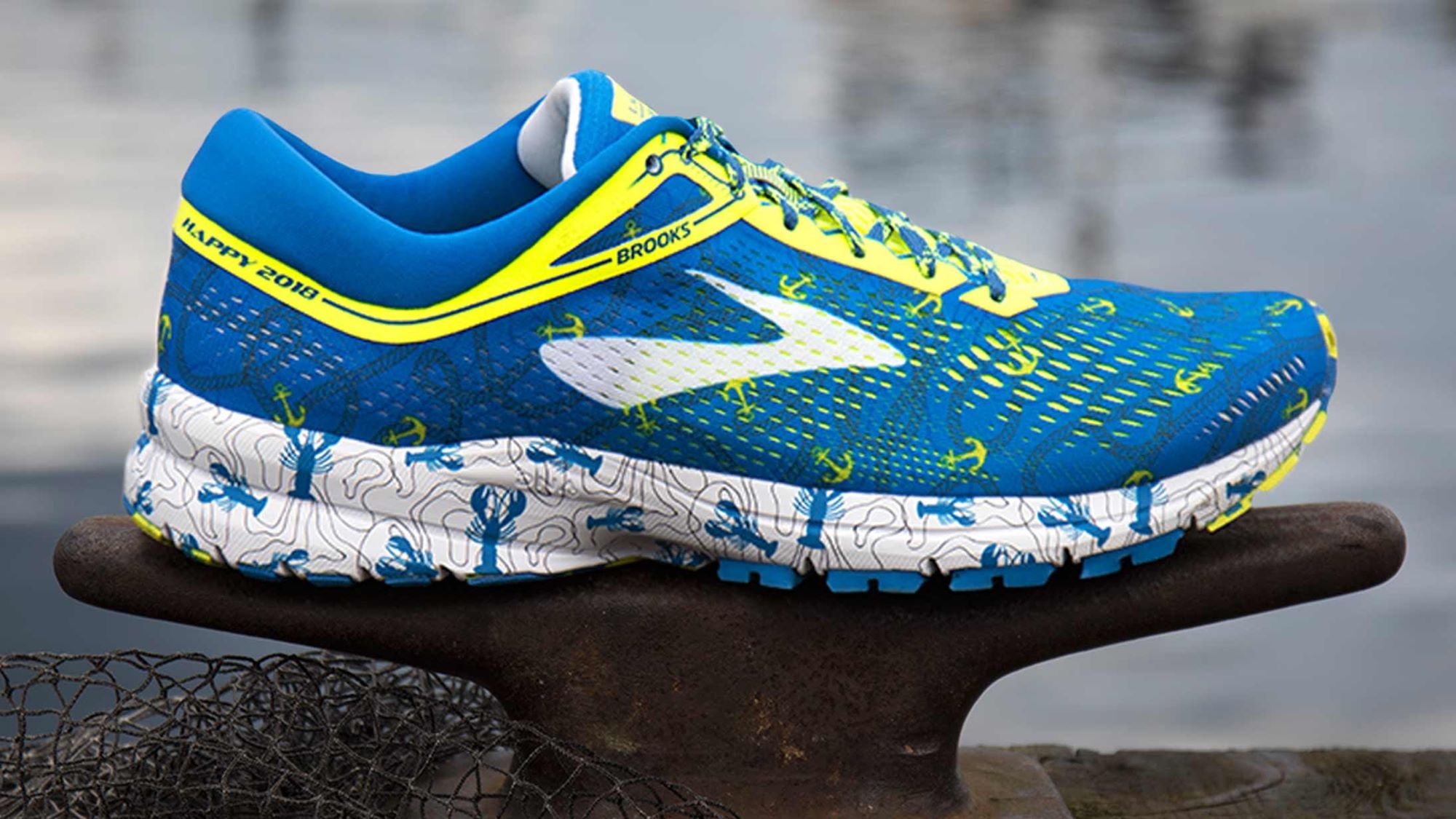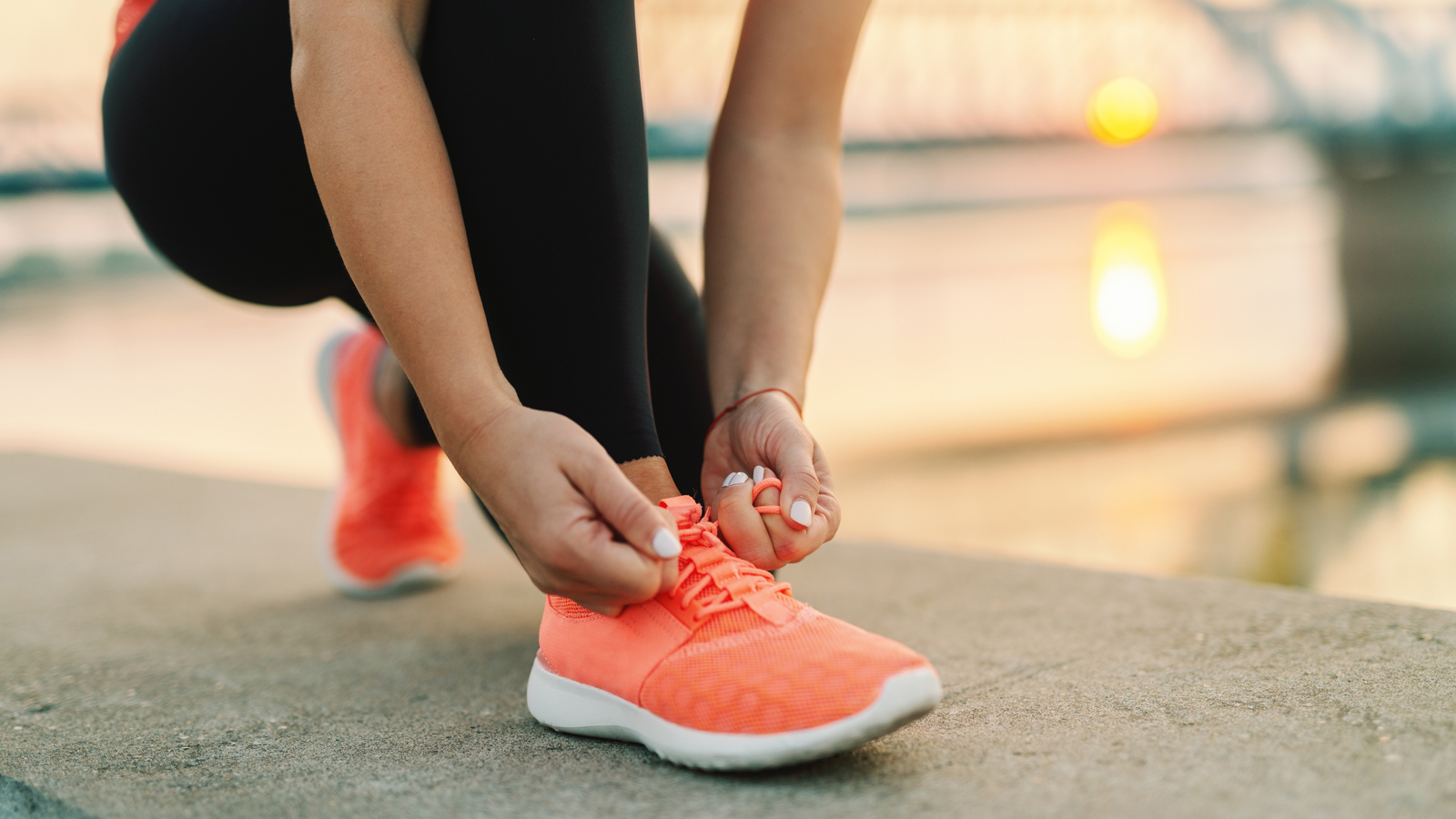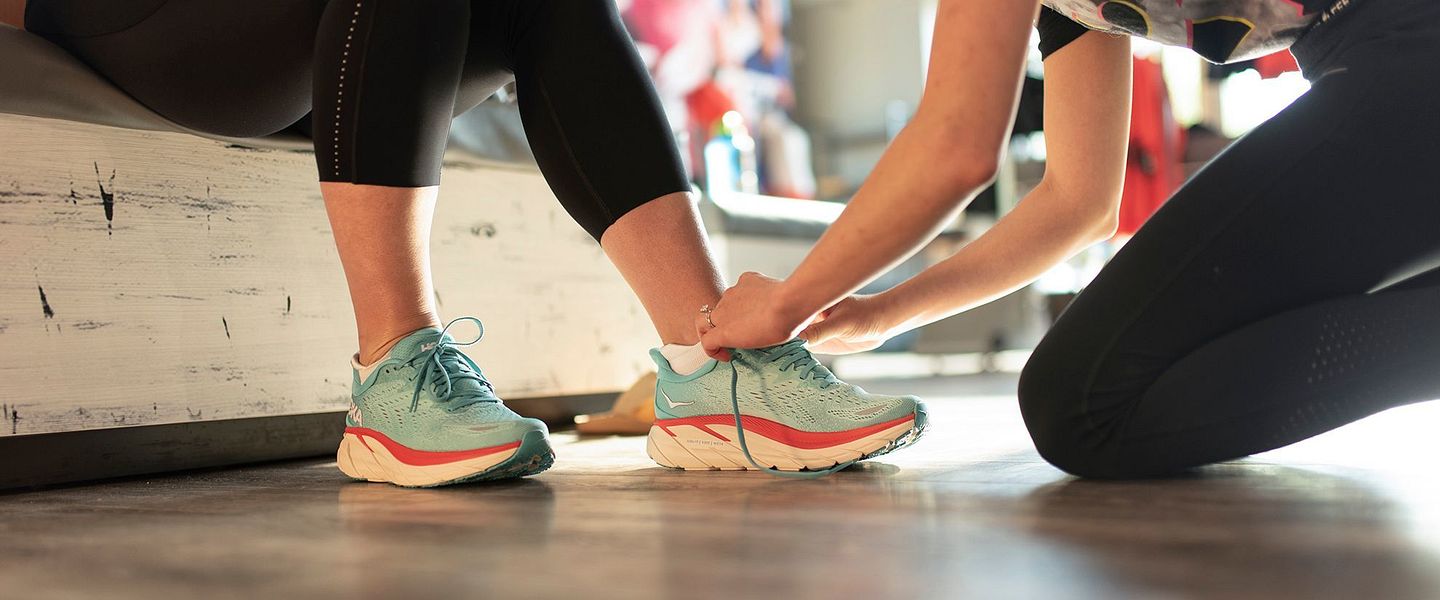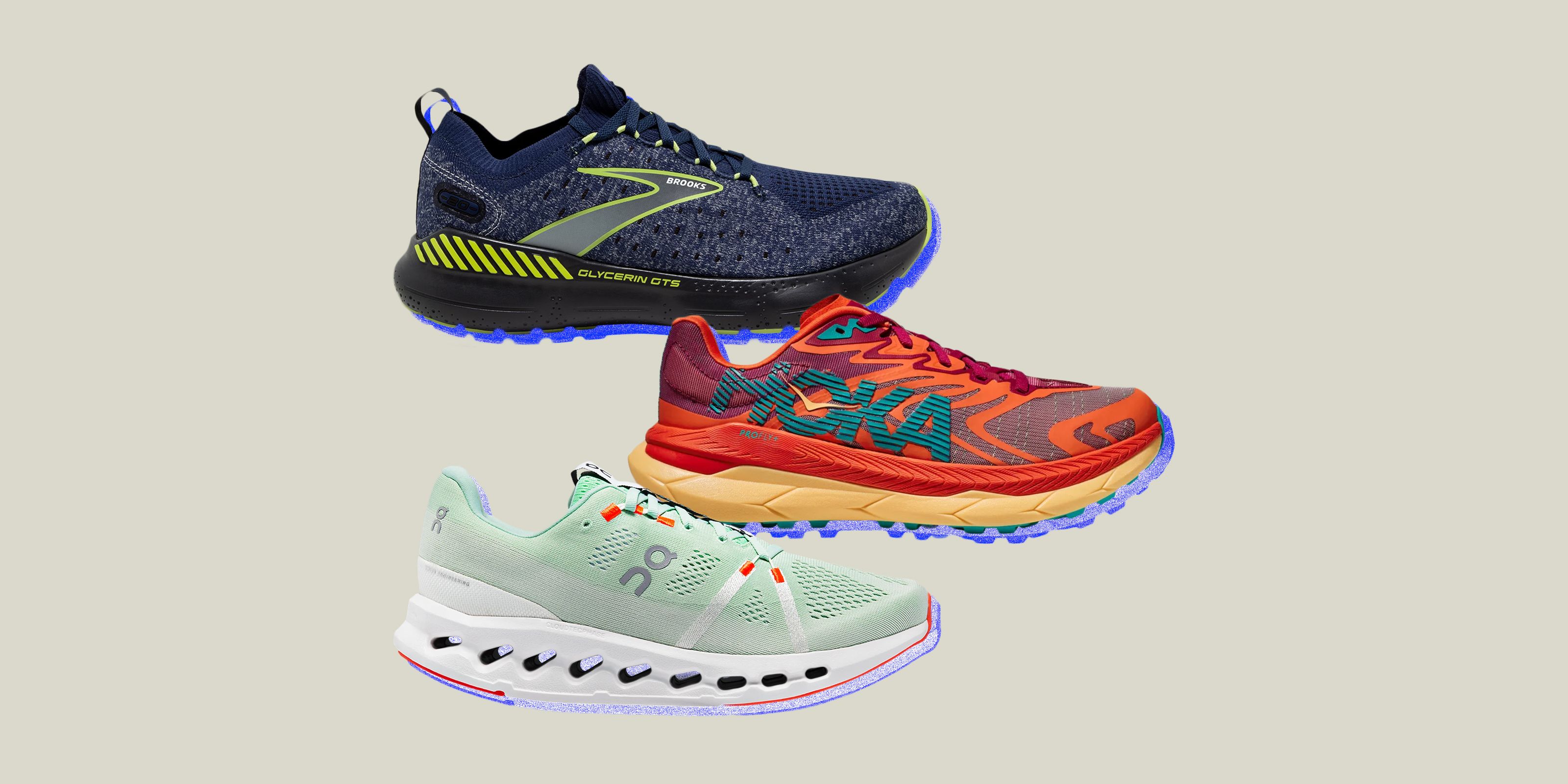

Featured
What Are The Best Jogging Shoes
Modified: August 22, 2023
Discover the top featured jogging shoes for maximum comfort and performance. Find the best jogging shoes for your needs and get ready for your next run.
Introduction
Welcome to the world of jogging, where the pounding of your feet on the pavement can provide both physical and mental rejuvenation. Whether you are an experienced runner or just starting out, having the right pair of jogging shoes is essential for a comfortable and injury-free run.
But with so many options available in the market, how do you choose the best jogging shoes that will suit your needs? In this article, we will explore the factors you should consider when selecting jogging shoes and provide recommendations for the top five shoes for different types of runners.
Jogging is a high-impact activity that puts stress on your feet and joints. Wearing the wrong shoes can lead to discomfort, pain, and even injury. Therefore, it is crucial to invest in a pair of shoes specifically designed for jogging.
When choosing jogging shoes, you need to consider several factors, such as cushioning, stability, flexibility, and fit. The right combination of these factors will provide the support your feet need while absorbing the shock of each stride, reducing the risk of injury and ensuring a comfortable running experience.
Cushioning is one of the most important aspects to consider in a jogging shoe. It provides impact absorption, preventing your feet and joints from bearing the brunt of each step. Running on hard surfaces like concrete can be particularly unforgiving, making adequate cushioning imperative.
Stability is another critical factor. It refers to the shoe’s ability to control excessive foot motion, preventing overpronation (when the foot rolls inward) or supination (when the foot rolls outward). A stable shoe helps to maintain proper alignment and reduces the risk of ankle sprains or other injuries.
Flexibility is also essential to allow natural foot movement and promote a more efficient stride. A flexible shoe allows your foot to bend and flex at the appropriate places, improving your overall running experience.
The fit of the shoe is equally important. Your jogging shoes should fit snugly, but not too tight, with enough room for your toes to wiggle. A proper fit ensures comfort, prevents blisters, and reduces the chances of foot slippage inside the shoe.
Now that we have covered the important factors to consider when choosing jogging shoes, let’s dive into our top recommendations for different types of runners. Whether you are a neutral runner, an overpronator, or a trail runner, we have options that will meet your specific needs.
Factors to Consider When Choosing Jogging Shoes
When it comes to choosing the right jogging shoes, there are several factors that you should take into consideration. These factors will not only help you find a comfortable pair of shoes but also reduce the risk of injuries and improve your overall running experience. Here are the key factors to keep in mind:
- Cushioning: One of the most important factors to consider is cushioning. Look for shoes that provide adequate cushioning to absorb impact and reduce stress on your feet and joints. The cushioning should be responsive enough to provide a comfortable and responsive ride.
- Stability: Stability is crucial, especially if you have issues with overpronation or supination. Look for shoes that offer good arch support and stability features to help mitigate excessive foot motion and promote proper alignment.
- Flexibility: A good pair of jogging shoes should offer the right amount of flexibility. Shoes that are too stiff can inhibit natural foot movement and lead to discomfort. Look for shoes that flex at the appropriate points, allowing your feet to move naturally as you run.
- Fit: Finding the right fit is essential for running shoes. It’s crucial to choose a pair that fits snugly without being too tight. Make sure there’s enough room in the toe box for your toes to move comfortably. Trying on shoes and going for a short run or jog in them can help ensure the fit is right.
- Weight: The weight of your jogging shoes can impact your running performance. Lighter shoes can contribute to a more effortless and efficient stride. However, it’s important to strike a balance between weight and cushioning to ensure adequate support and protection.
- Durability: Jogging shoes are subjected to a lot of wear and tear. Look for shoes made from durable materials that can withstand the rigors of regular running. Pay attention to the outsole, midsole, and upper construction to ensure they can withstand the demands of your running routine.
- Traction: If you frequently run on different surfaces, consider the traction of the shoes. Look for shoes with a durable outsole that provides good grip on various terrains, whether it’s asphalt, trails, or wet surfaces.
- Price: Price is always a consideration when purchasing running shoes, but don’t skimp on quality. Investing in a good pair of jogging shoes is worth it to ensure comfort and durability. Consider your budget, but prioritize the features and fit over price.
By considering these factors when choosing jogging shoes, you can find a pair that suits your needs and preferences. Remember, everyone’s feet are unique, so what works for someone else may not work for you. It’s essential to try on different brands and models and go for a test run to determine the best shoes for you. Now that we have covered the factors to consider when choosing jogging shoes, let’s move on to our top recommendations for different types of runners.
Top 5 Jogging Shoes for Different Types of Runners
Choosing the right jogging shoes can greatly enhance your running experience and reduce the risk of injuries. To help you make an informed decision, we have compiled a list of the top five jogging shoes for different types of runners:
- Neutral Runner: If you have a neutral running gait (your feet don’t roll excessively inward or outward), the Nike Air Zoom Pegasus is a fantastic option. With its responsive cushioning, lightweight design, and excellent flexibility, it provides a smooth and comfortable ride.
- Overpronator: For runners who overpronate (foot rolls inward excessively), the Brooks Adrenaline GTS is an ideal choice. This shoe offers exceptional stability and support to help correct excessive inward motion, reducing the risk of injuries. It also provides excellent cushioning for a comfortable run.
- Underpronator/Supinator: Underpronators (or supinators) have a foot that rolls outward during the stride. The ASICS Gel-Nimbus is a great option for this type of runner. It provides ample cushioning and shock absorption, ensuring a comfortable run while accommodating the foot’s natural motion.
- Trail Runner: If you enjoy taking your runs off-road, the Salomon Speedcross is the perfect choice. This shoe offers outstanding traction on various terrains, thanks to its aggressive outsole. It also provides excellent stability and protection, keeping your feet secure on uneven surfaces.
- Long-distance Runner: When logging miles over long distances, the Hoka One One Bondi is an excellent option. Known for its plush cushioning and exceptional comfort, it helps to reduce fatigue and absorbs impact effectively, allowing you to go the distance with ease.
While these five jogging shoes are highly recommended for specific types of runners, it’s important to remember that individual preferences and needs may vary. It’s essential to try on different shoes and go for a short run or jog to determine which pair feels the most comfortable and supportive for you.
Additionally, it’s worth consulting with a professional running shoe specialist or visiting a specialty running store to get expert advice tailored to your specific needs. They can analyze your gait and offer personalized recommendations to help you find the perfect pair of jogging shoes.
Remember, comfortable and properly fitting shoes are crucial for an enjoyable and injury-free running experience. With the right pair of jogging shoes, you can hit the pavement or trail with confidence and make the most out of every run.
Conclusion
Choosing the best jogging shoes is a crucial step in ensuring a comfortable and injury-free running experience. By considering factors such as cushioning, stability, flexibility, fit, weight, durability, traction, and price, you can find the perfect pair of shoes that meet your specific needs and preferences.
Remember, everyone’s feet and running style are unique, so it’s essential to try on different brands and models to find the shoes that feel the most comfortable and supportive for you. Going for a short run or jog in the shoes can also help evaluate their performance and fit.
In this article, we provided an overview of the factors to consider when choosing jogging shoes and listed our top five recommendations for different types of runners. The Nike Air Zoom Pegasus, Brooks Adrenaline GTS, ASICS Gel-Nimbus, Salomon Speedcross, and Hoka One One Bondi are all excellent options to consider based on your running style and preferences.
It’s worth noting that technology and shoe models constantly evolve, so staying up to date with the latest releases and consulting with a professional running shoe specialist can provide valuable insights when purchasing new jogging shoes.
Investing in a good pair of jogging shoes is an investment in your overall running experience. Properly cushioned and supportive shoes can reduce the risk of injuries, improve running efficiency, and enhance your overall comfort. So take the time to research and try on different options until you find the perfect pair that makes you look forward to every jog.
Remember, the right jogging shoes can make all the difference, so lace up, hit the road, and enjoy your runs to the fullest!

